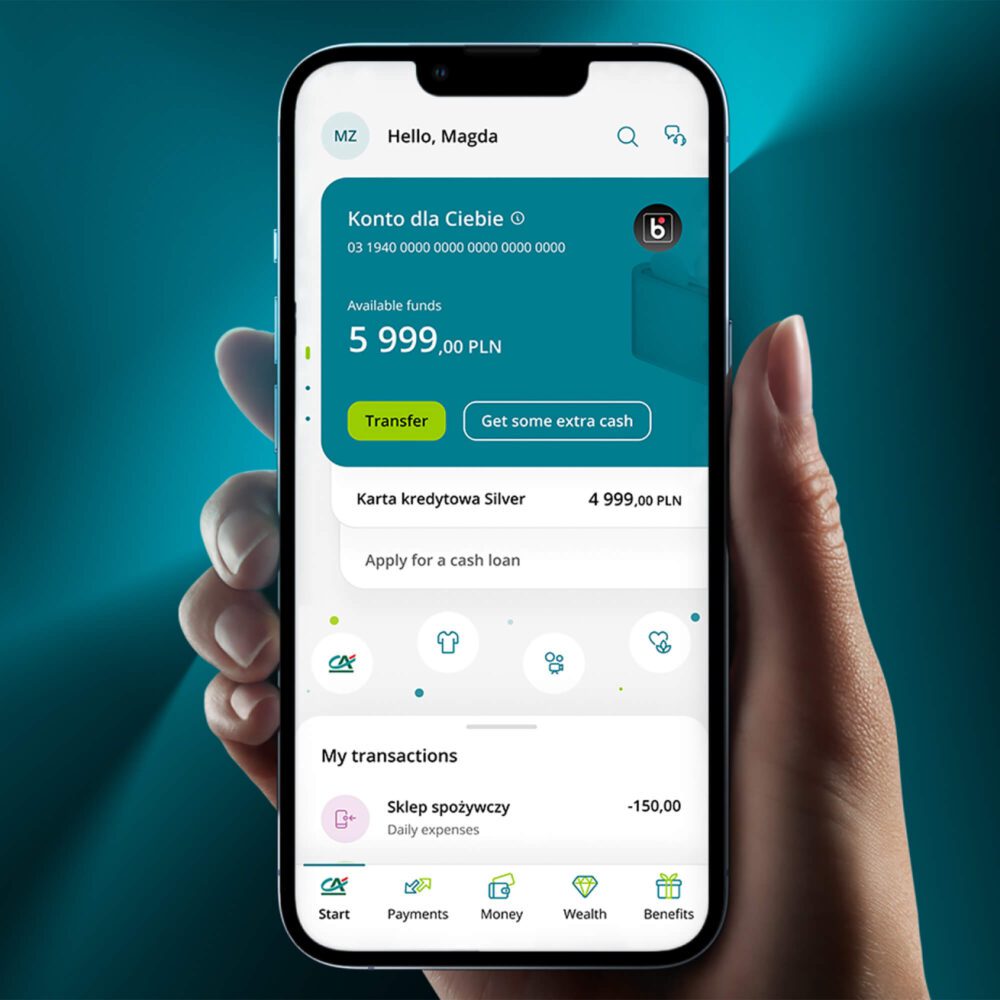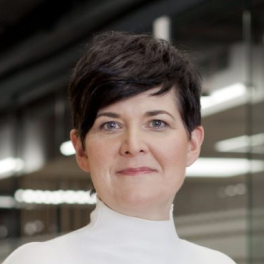Without a clear strategic UX vision, projects can suffer from misaligned goals and delays. Our concept phase provides a detailed blueprint, defining your product’s function, appearance, and interactions to ensure everyone is aligned from the beginning.
Why the UX Concept Phase Matters
The UX Concept phase is for laying a strong strategic foundation
-
1
Strategic vision definition
Ideation and rapid, cross-sectional design that visualizes how the final product will function, look, and what unique solutions it will offer
-
2
Product Structure & Foundations
Creating information architecture, navigation schema, basic interface components, and delivery processes
-
3
Common understanding
Embedding ideas and building a shared vision of the solution among stakeholders
-
4
Ideas validation
Testing the solution prototype with clients
Key Components of the Concept Phase
-
Information Architecture
Structure your product with clear, defined pages and templates, resulting in a detailed structure diagram and prototype in Figma or Miro.
-
Product Concept
Establish a clear and detailed vision for how your product will function, look, and feel, resulting in key screens and processes presented in a video showreel (up to 3 minutes) or a clickable prototype that sets the design rules and final aesthetics.
-
Design System Starter Kit
Lay the groundwork for consistent design across your product, resulting in basic interface elements such as colors, typography, and grids in Figma to ensure a cohesive look and feel throughout the design phase.
Success stories
Our expertise in UX strategic vision definition has enabled numerous clients to transform their operations and achieve remarkable business outcomes.
How It Works
-
1
Research
We start by gathering insights about our target audience, market needs, and competitor landscape. This foundational knowledge helps us guide concept development and ensure the product is relevant.
-
2
Define
We clearly articulate the product vision, goals, and user requirements. This involves creating a detailed blueprint that outlines how the product will function and what it aims to achieve.
-
3
Brainstorm
We conduct collaborative sessions to generate a wide range of ideas. By evaluating and refining these ideas, we find innovative solutions that align with our defined goals.
-
4
Visualize
We create rough sketches or wireframes to visualize the key aspects of the product. These visuals help us clarify our ideas and guide the subsequent development stages.
-
5
Validate
We test the concept with stakeholders or a small group of users to gather feedback. Using these insights, we refine and improve the concept before moving into the development phase.
Have a clear vision for your product’s concept? Great! Not quite there yet? Let us guide you in shaping the best approach for your unique project.
Ready to Create a Concept That Drives Success?

Turn your ideas into a clear, actionable design strategy.
Paweł Haltof
Innovation Director at Efigence
Read more about it
Frequently asked Questions
-
What is a UX/UI design agency, and how does it help in the Concept phase?
A UX/UI design agency specializes in creating user experiences and interfaces that are functional and visually appealing. In the Concept phase, we help define your product’s vision by aligning stakeholders, creating detailed prototypes, and setting the foundation for a consistent and user-centered design.
-
How long does the Concept phase take, and why is it important?
The Concept phase typically takes between 2 weeks to 2 months, depending on the project’s complexity. This phase is crucial because it ensures all stakeholders are aligned, prevents misdirection, and lays a clear plan for the product’s design and functionality, which is essential for the success of the project.
-
What tools does Efigence use during the Concept phase?
We use industry-leading tools like Figma for design, Miro for workshop collaboration. To emphasize the storytelling, we create video showreels—engaging, persuasive videos that present the product vision.
-
How does Information Architecture contribute to the Concept phase?
Information Architecture is the backbone of the Concept phase. It maps out the structure of your product, determining what pages and templates are needed and how they relate to each other. This helps in creating a well-organized design that is easy to navigate and use.
-
Why is stakeholder alignment crucial in the Concept phase?
Stakeholder alignment is vital because it ensures that everyone involved in the project shares the same vision and understanding of the product. This prevents misalignment and ensures that the project moves forward smoothly, with all teams working towards the same goal.
-
Can the Concept phase impact the final product’s success?
Yes, a well-executed Concept phase is critical to the success of the final product. It lays the groundwork for the entire project, ensuring that the design is user-centered, aligned with business goals, and consistent across all phases of development.
-
What is the role of a Design System Starter Kit in the Concept phase?
The Design System Starter Kit is essential for maintaining consistency in the design and development phases. It includes the foundational interface components like colors, typography, iconography, and grids that guide the design process and ensure a cohesive look and feel throughout the product.
-
How do prototypes help in the Concept phase?
Prototypes are a key component of the Concept phase. They provide a visual and interactive representation of the product, allowing stakeholders to experience and understand the design and functionality before development begins. This helps in identifying potential issues early and making necessary adjustments.
-
What industries benefit from a strong UX/UI Concept phase?
A strong UX/UI Concept phase is beneficial across all industries, including finance, healthcare, retail, and technology. It helps organizations create user-centered products that meet the specific needs of their target audience, leading to higher user satisfaction and better business outcomes.
-
How does Efigence ensure that the Concept phase meets business objectives?
We work closely with stakeholders to understand the business goals and user needs. Throughout the Concept phase, we ensure that every decision aligns with these objectives, creating a product concept that not only meets but exceeds expectations.
-
What makes Efigence different from other UX/UI design agencies?
Efigence stands out due to our holistic approach to the Concept phase. We focus on alignment, rapid ideation, and detailed visualization, involving stakeholders at every step to ensure that the final product is both user-centered and aligned with business objectives.
-
Why should startups consider Efigence for their UX/UI Concept phase?
Startups benefit from our ability to quickly turn ideas into actionable concepts. We provide a clear roadmap for the product’s development, helping startups create products that are user-centered, innovative, and ready to succeed in the market.
-
How does Efigence approach UX research and strategy in the Concept phase?
UX research and strategy are integral to our Concept phase. We gather and analyze user data to inform design decisions, ensuring that the product meets user needs and expectations. This research-driven approach helps us create products that are not only functional but also resonate with users.
Start Your Journey
Ready to bring your product concept to life? Contact us today to explore how our Concept phase can set your project on the path to success.
Let’s Talk
Marcin Somla
International Sales Director









